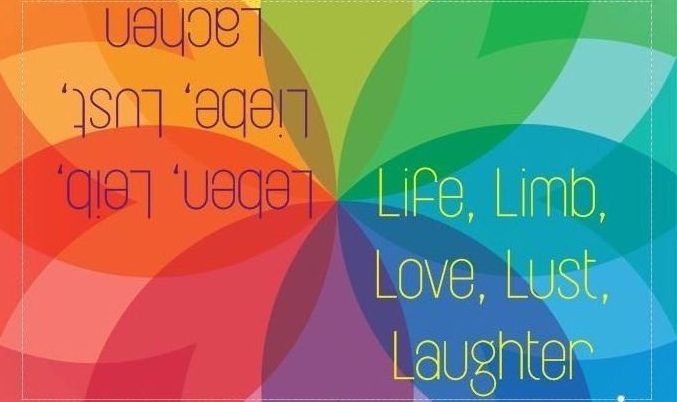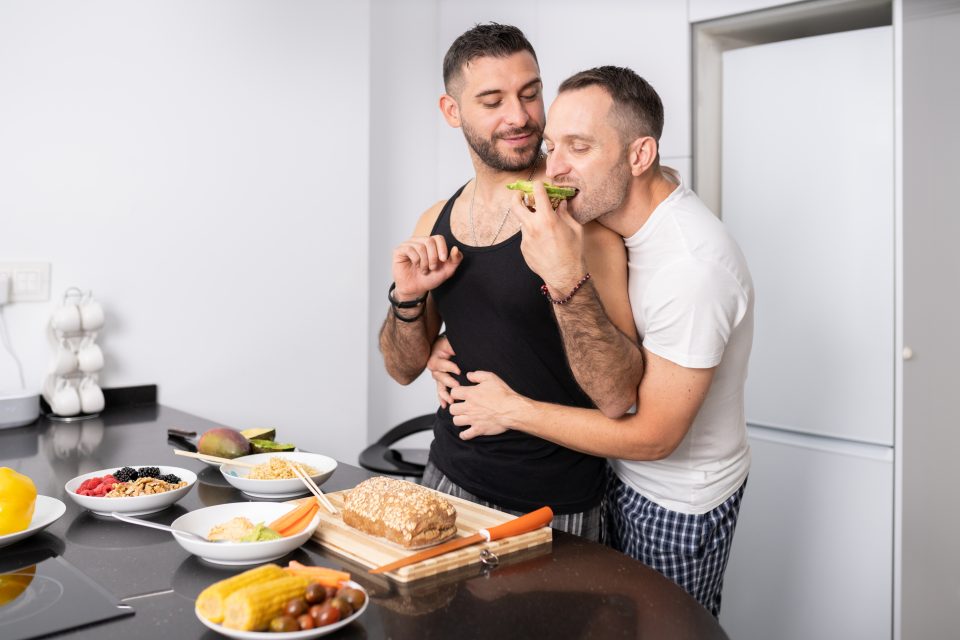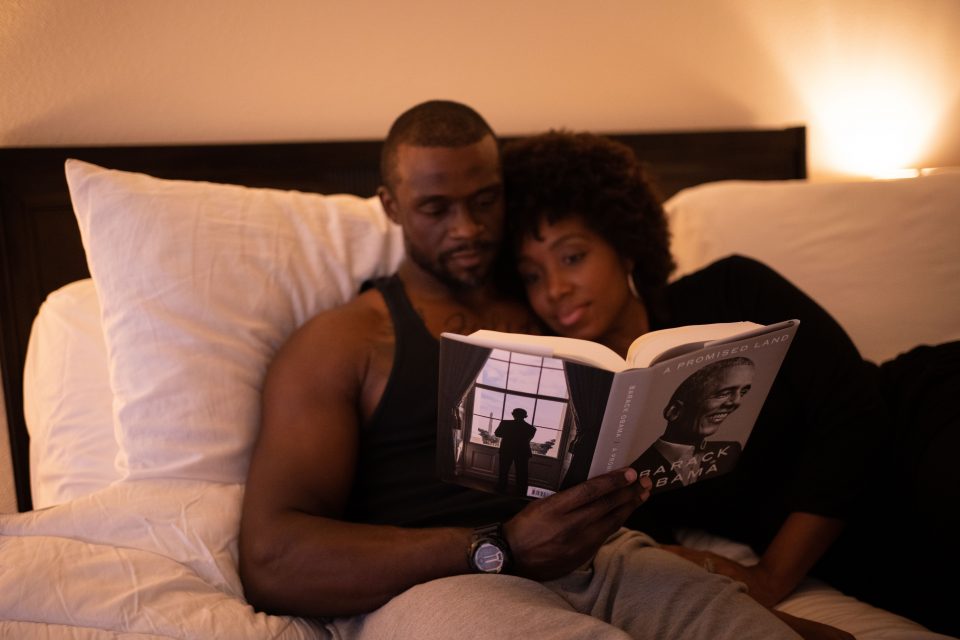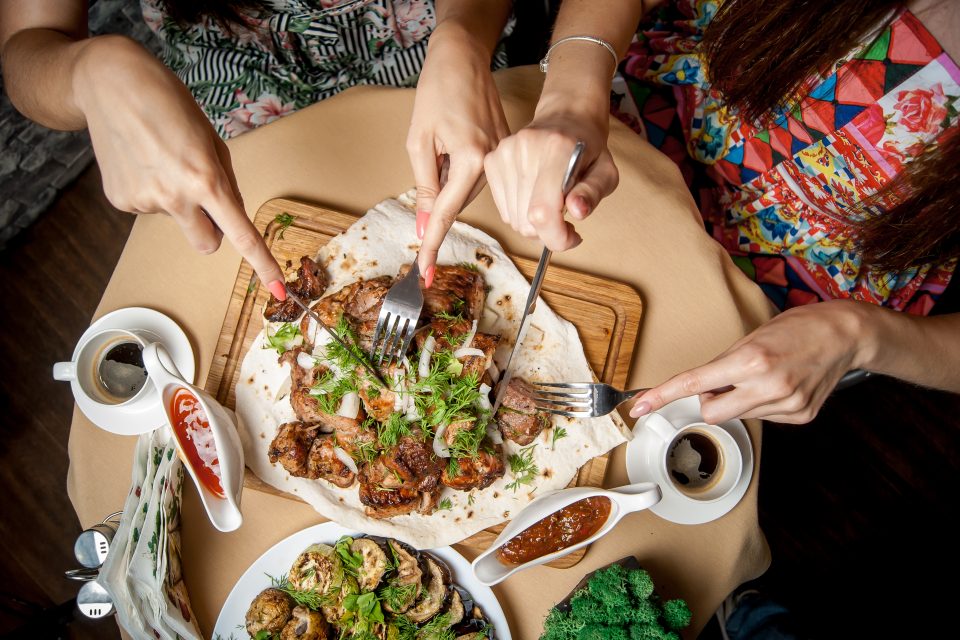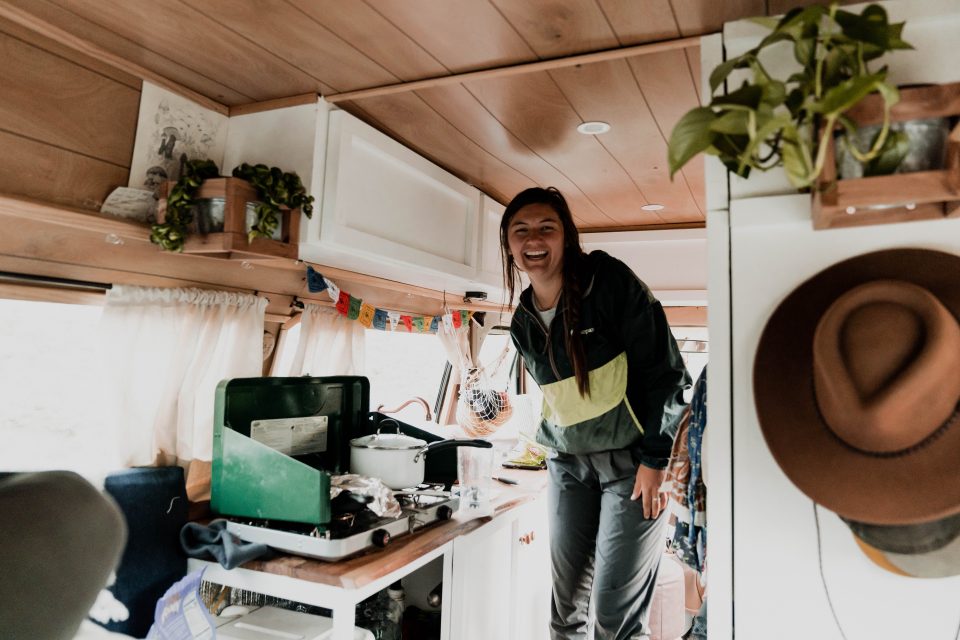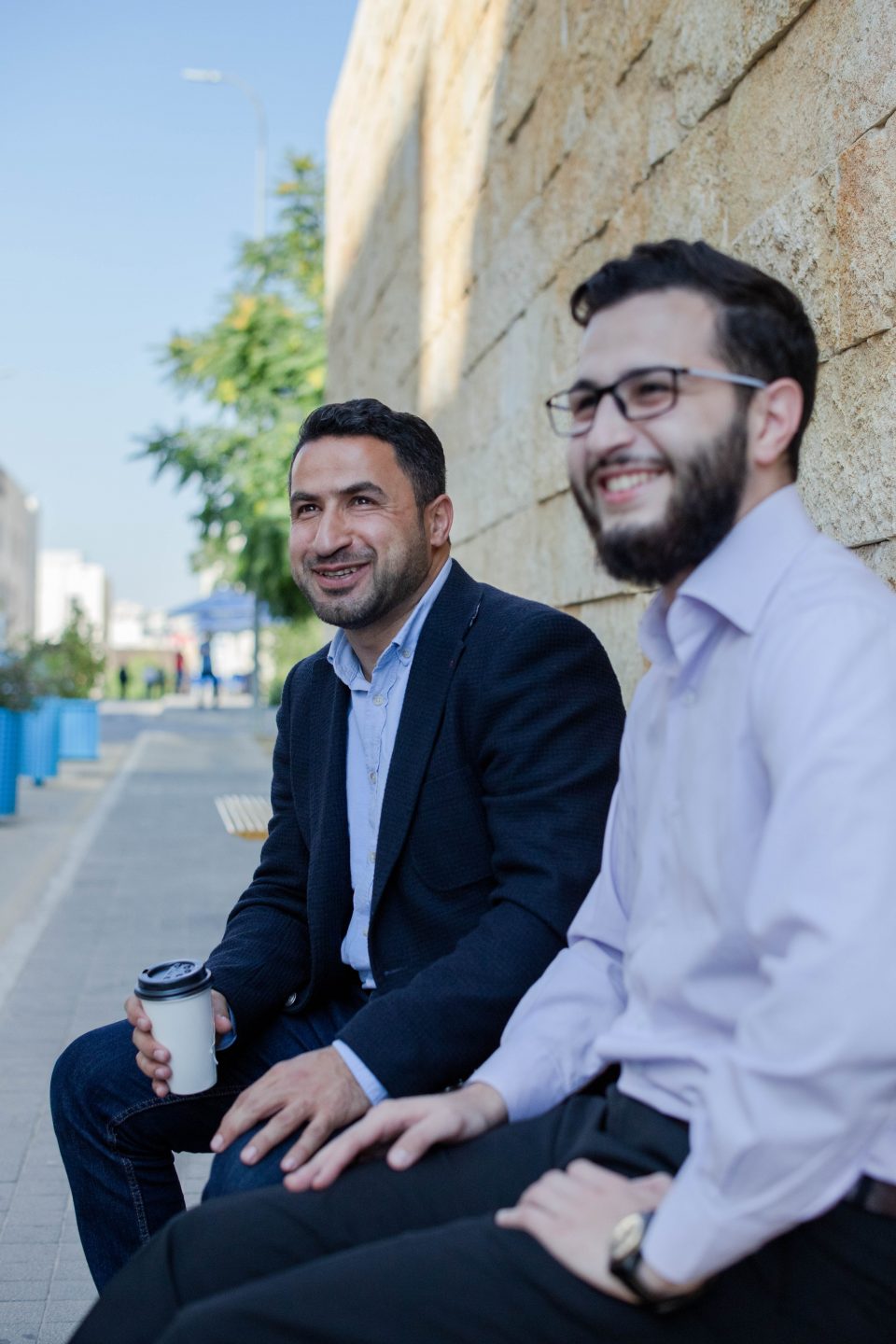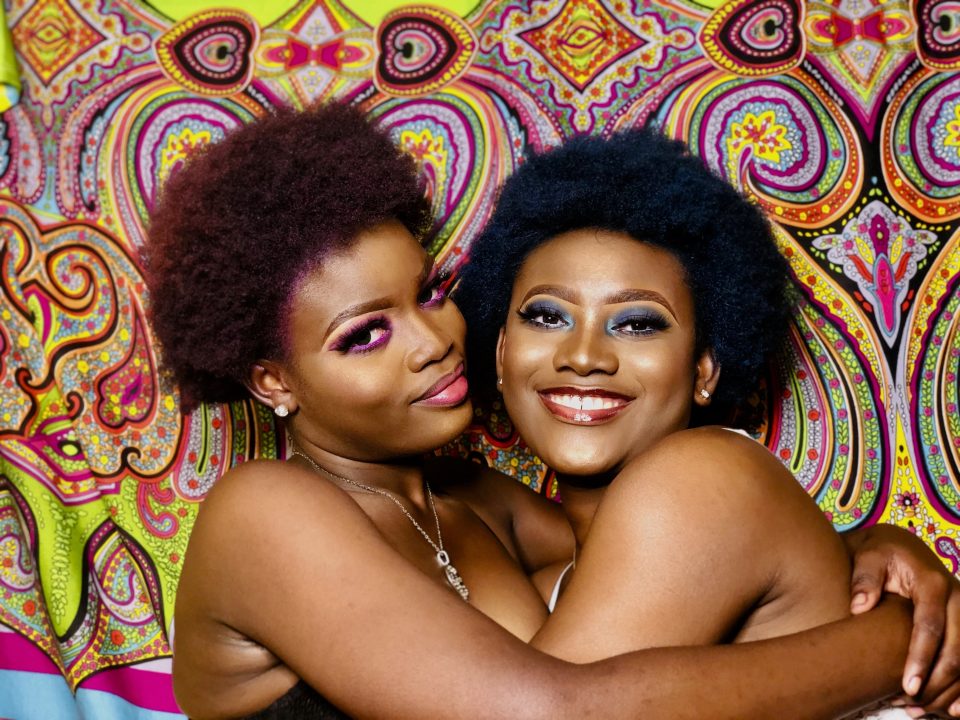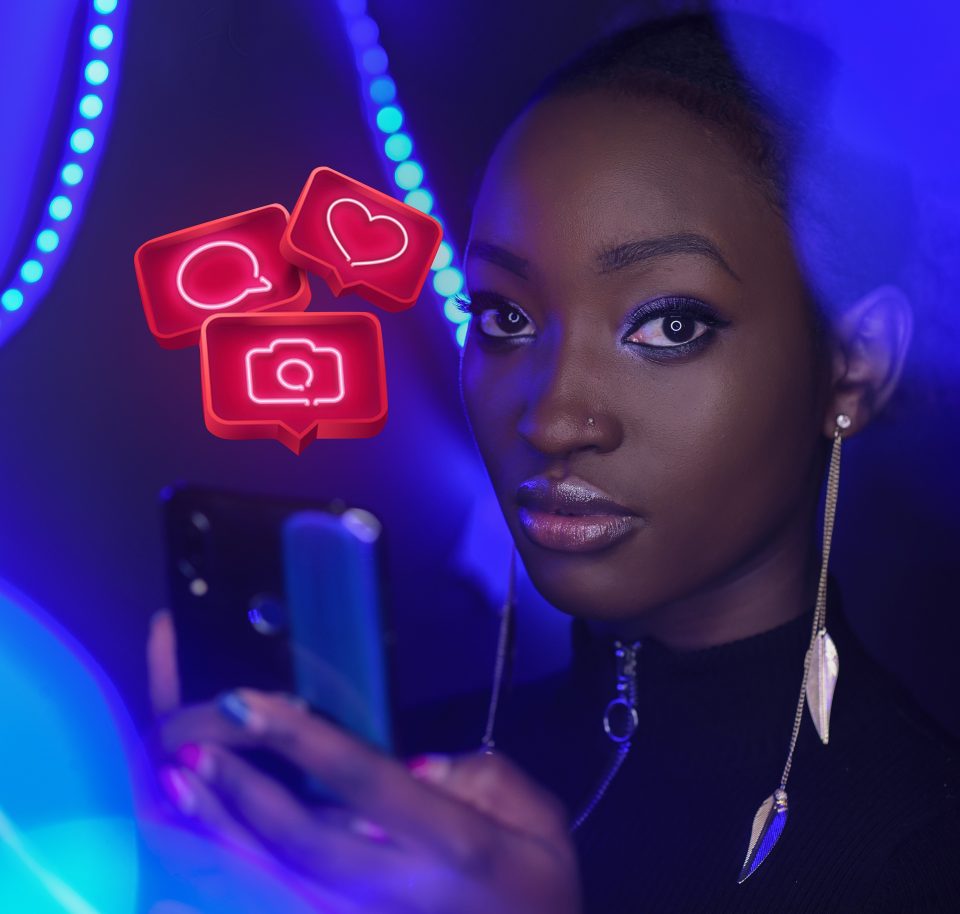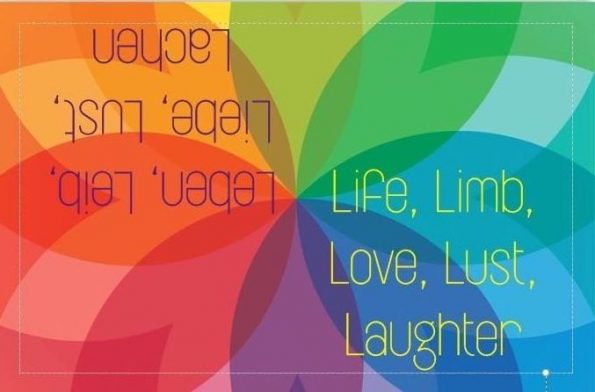In Between
Ritual Romance
Sean here! And after our jaunt into relationship rituals last time, we are back. As I suggested, we are going to look at romance, romantic rituals and ritual romance in our HHIA Relationships and our lives in general.
To start, romance, love relationships and rituals are all separate and can be combined in a million different ways. Each of our HHIA relationships have a unique blend of these four elements. Every relationship is unique and our combination of relationship, romance, ritual and love are one of a kind.

Definitions
For reference, let’s consider the definition of romance. According to Merriam-Webster romance is “a medieval tale based on legend, chivalric love and adventure, or the supernatural”. And just for the record, this is not a practical expectation in our relationships. A more realistic definition might be „a love affair“.
Romance
Each of us has a different and unique relationship to romance. And let’s be clear, romance, although often confused with love, is not love. In real life true romance is not an escape but rather supports our lives, our truths and our relationships.
Specifically, “Hollywood Romance”, “Romance Novels” and most of what our society sells as “ROMANCE” is at best a supernatural fantasy no one can live up to. At worst “ROMANCE” is a medieval legend that makes us feel less than; less than our peers, partners and friends.

Romantic Notions
Secondly, butterflies, rainbows, and seing stars are great when they are great and even more so when they are mutual. Otherwise, they can distract us from the truth that we are creating trust and intimacy with another adult human being.
In other words, the things that turn my head, put a smile on my lips and a skip in my step may not be the same as my partner or you. I would suggest that the most romantic thing we can do is to meet our partners where they are and engage them as they need and want to be engaged. Listening and responding to their needs and desires is the most considerate and threfore romantic gesture we can offer. Always try to keep your partners in mind.
“Take a lover who looks at you like maybe you are a bourbon biscuit.”
Frida Kahlo

Romance4Real
On the one hand, our intentions and expectations are built on our experiences, understanding and awareness. On the other, our partners intentions and expectations are built on their experiences, understanding and awareness. Finding the in between is where we can build intimacy and even promote our own unique romance when we desire it and recognize it for what it is.
Romantic Rituals
Romance in the day to day includes making coffee and/or drinking the coffee that is made. Any number of chores, tasks or jobs that support our partners as well as recognizing their efforts to do the same. These are the true romantic gestures in our daily lives.
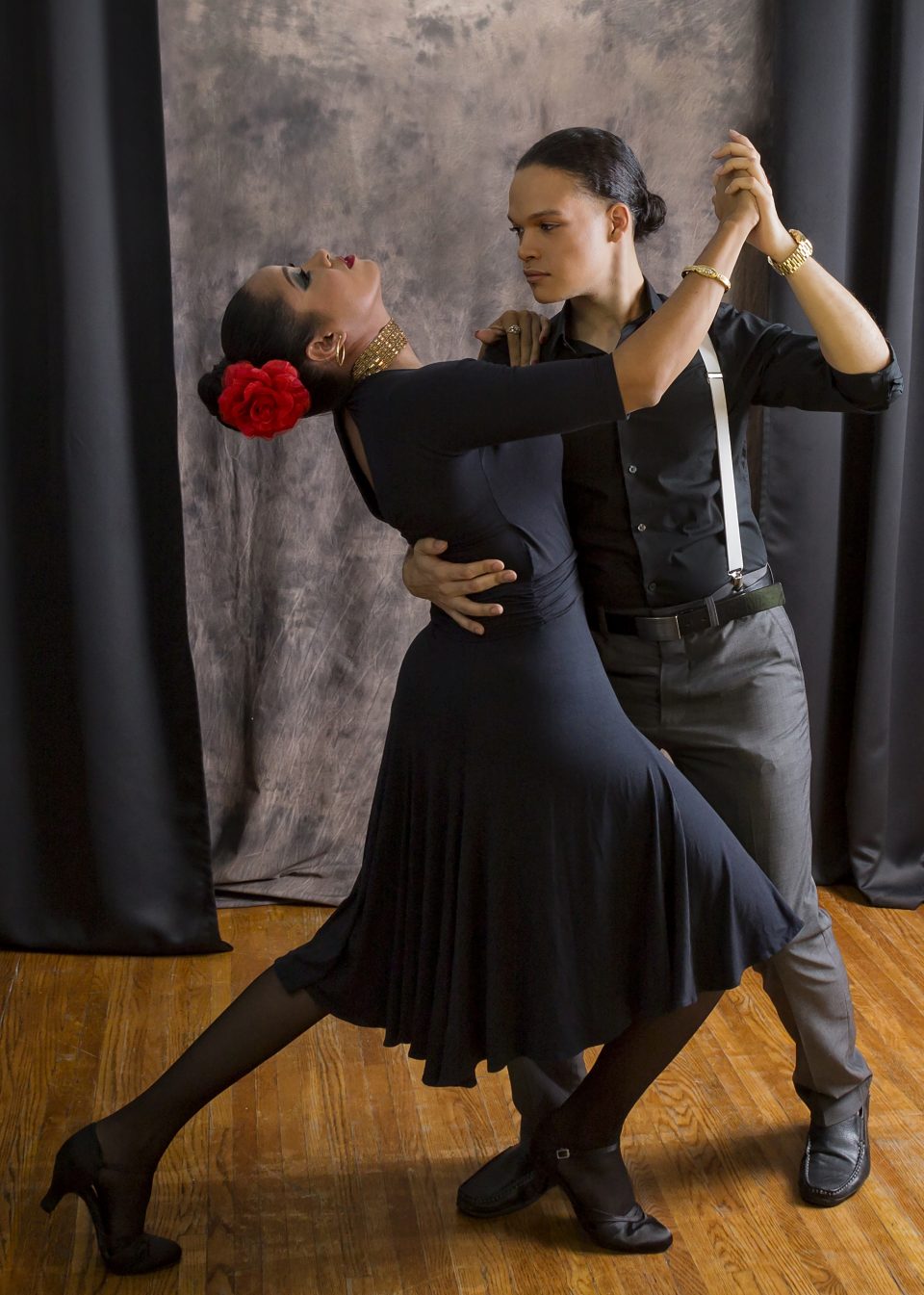
Daily romantic rituals can include:
- Notes
- Texts
- Emojis
- “I love you” s
- Making coffee
- Quick calls
- Snuggling on the sofa
- Cooking
- Kisses
- Hand holding
- Doing a little dance
- Sitting together for a minute or two
All the many things that make you feel closer to each other.

“We loved with a love that was more than love.”
Edgar Allen Poe
Real Life Romance
Ultimately, our individual HHIA Relationships can be infused with romantic rituals from anniversaries to date nights and coffee in bed to foot massage Friday. It is up to you to determine together which rituals are best for you and your partners.
The variety can include:
- Going to dinner
- Cooking dinner
- Reading to one another
- Reading in silence together
- Brunching together
- Time together
- Time apart
- Going for a drive together
- Working out together
- Shopping together
- Buying flowers
- Sitting together
- Holding hands
- Doing the laundry together
An important aspect of romantic rituals is that all parties involved understand and acknowledge the intimacy & trust building happening. This, intention and awareness, helps us to avoid habits and patterns that reduce our feelings of togetherness and intimacy.
We all deserve to be met where we are by someone who recognizes and accepts us as we are. This is real romance.

This is Sean. Try being aware of your romantic intentions for yourself (and with those who are important to you) this week and see what happens
.(You can always contact me for more concrete suggestions.)
Our earlier Blog-Lessons:
1–2–3–4–5–6–7–8–9–10–11–12–13–14–15–16–17–18–19 –20 –21–22–23–24–25–26–27–28–29–30–31–32–33–34–35–36–37–38–39–40–41–42
